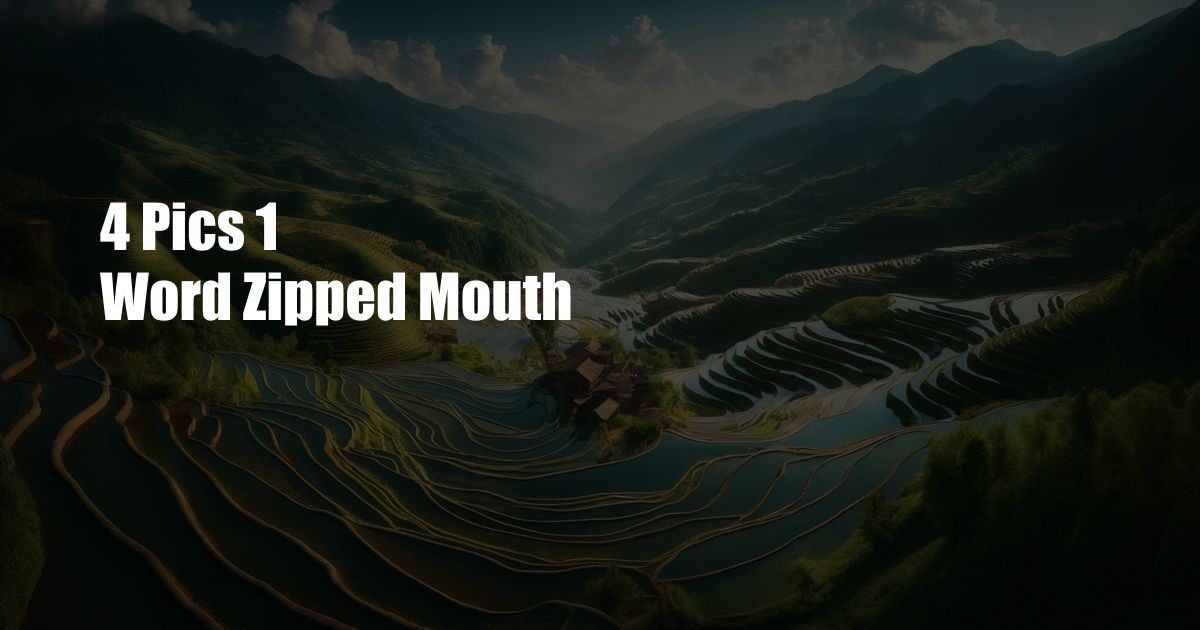Find the latest information about Art Of Animation Or Pop Century in this article, hopefully adding to your knowledge.

The Art of Animation: Bringing Imagination to Life
In a world where technology and storytelling interweave, the art of animation holds a special place. From the earliest etchings to today’s computer-generated masterpieces, animation has captivated audiences of all ages, bringing imagination to life through movement and artistry.
Once reserved for simple cartoons, animation has evolved into a sophisticated medium encompassing everything from feature films to video games. Today, animators wield sophisticated software and techniques to create visually stunning worlds, evoke emotions, and tell unforgettable stories.
From Silhouettes to Digital Canvases: The History of Animation
The roots of animation can be traced back to ancient shadow puppetry and the flicker of early cinema. In the 20th century, the advent of cel animation with characters like Mickey Mouse revolutionized the art form. As technology progressed, so did animation, with computer-generated imagery (CGI) opening up endless possibilities for visual storytelling.
The Building Blocks of Animation: Techniques and Principles
Animation is more than just moving images. It’s a process that combines storytelling, character design, and artistic principles. Key techniques include keyframing (defining the start and end points of movement), tweening (creating smooth transitions), and lip-syncing (matching facial animations to dialogue).
Animators also adhere to fundamental principles such as squash and stretch, which exaggerates movement for comedic or expressive purposes, and anticipation, which builds tension before an action. These principles ensure that animated characters appear lifelike, believable, and emotionally resonant.
The Power of Animation: Beyond Entertainment
While animation often evokes laughter and escapism, it also serves as a powerful tool for education, social commentary, and cultural expression. Animated documentaries can shed light on important issues, while experimental animation can push creative boundaries and provoke thought.
From Disney’s heartwarming classics to Studio Ghibli’s enchanting fantasies, animation has left an enduring mark on our collective consciousness. Its ability to evoke emotions, convey ideas, and ignite imagination makes it an art form that continues to captivate and inspire.
Trends and Innovations in Animation
The animation industry is constantly evolving, with new technologies and techniques emerging. Motion capture allows actors’ movements to be translated into animated characters, while realtime animation enables dynamic and interactive storytelling. Performance capture captures facial and body movements, bringing unprecedented realism to animated performances.
Virtual reality (VR) and augmented reality (AR) are also transforming the animation landscape, creating immersive experiences that place viewers directly in the animated world. These advancements continue to push the boundaries of what animation can achieve.
Tips and Expert Advice for Aspiring Animators
Pursuing a career in animation requires passion, dedication, and a willingness to embrace new technologies. Here are some tips from experienced animators:
- Learn the fundamentals: Master the principles and techniques of animation through formal training or online courses.
- Build a strong portfolio: Showcase your skills with a portfolio that highlights your range and creativity.
- Network and attend industry events: Connect with other animators, share knowledge, and learn about opportunities.
- Stay up-to-date with technology: Embrace new software and techniques to enhance your artistic capabilities.
- Practice regularly: The key to success in animation is consistent practice and refinement of your skills.
Seek knowledge from mentors: Find experienced animators who can provide guidance, support, and valuable insights.
Frequently Asked Questions About Animation
Q: What’s the difference between 2D and 3D animation?
A: 2D animation involves animating images on a flat plane, while 3D animation creates multidimensional characters and worlds using computer-generated models.
Q: Is animation a difficult field to enter?
A: Animation requires a combination of artistic talent, technical skills, and perseverance. While competition in the industry can be high, hard work and dedication can lead to success.
Q: What are the career prospects for animators?
A: Animators can pursue careers in various fields, including film, television, video games, and design. With the growing demand for animated content, job opportunities continue to expand.
Conclusion
The art of animation is a vibrant and ever-evolving field that combines creativity, technology, and storytelling. From its humble beginnings to its current status as a global entertainment and cultural force, animation continues to captivate, inspire, and challenge us.
Whether you’re an aspiring animator, an enthusiast, or simply appreciate the magic of moving images, delve into the world of animation and discover its boundless possibilities. Is the art of animation a topic that interests you?

Image: www.resortsgal.com
Thank you for reading Art Of Animation Or Pop Century on our site. We hope you find this article beneficial.
 TeknoHo.com Trusted Information and Education News Media
TeknoHo.com Trusted Information and Education News Media



